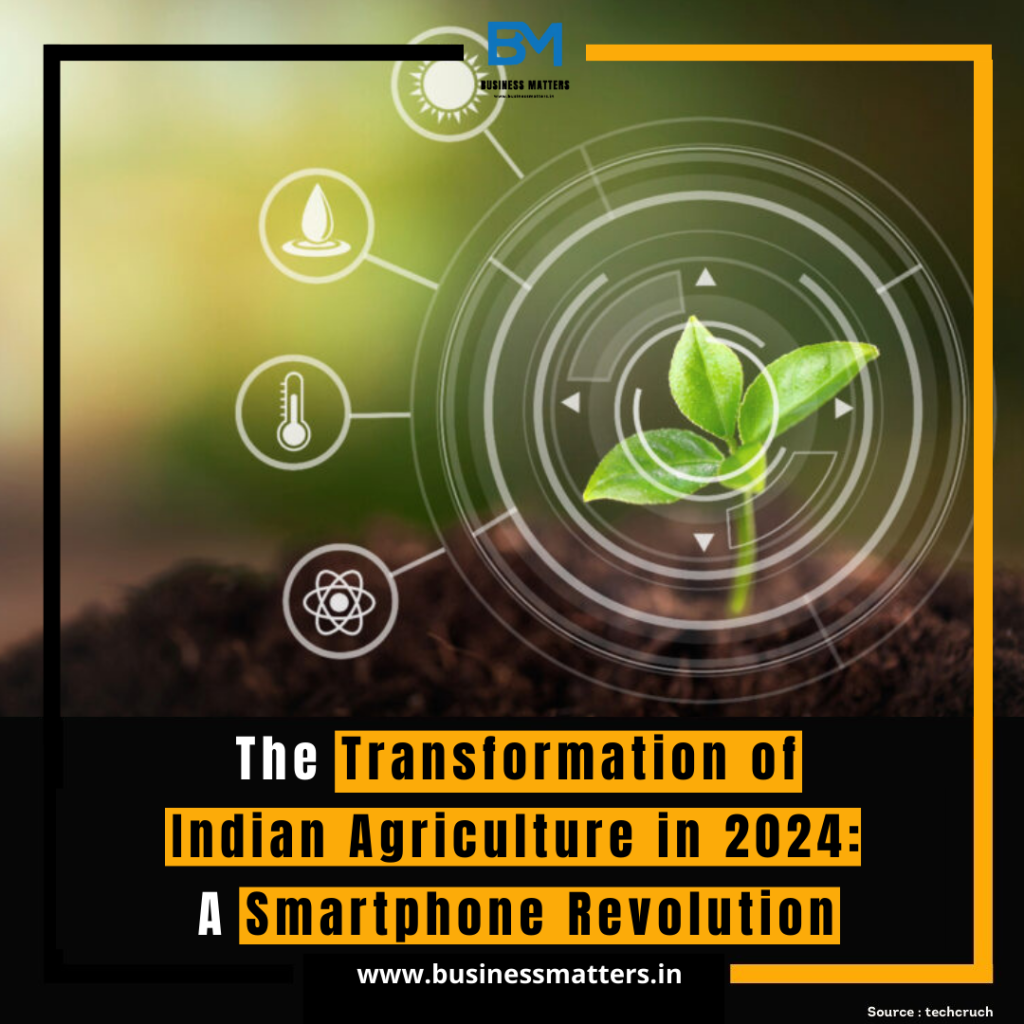As we step into 2024, the agricultural landscape in India is on the brink of a transformative revolution, driven by the widespread integration of smartphones. These handheld devices are poised to redefine the way farmers engage with their work, access information, and make critical decisions. This article explores the multifaceted impact of smartphones on Indian agriculture, ushering in an era of digitization and empowerment for the farming community.
- Access to Information and Market Trends:
Smartphones are becoming powerful tools for farmers to access real-time information on market trends, crop prices, and weather conditions. Dedicated applications provide farmers with insights that enable informed decision-making. From understanding the best time to sow crops to predicting market demand, smartphones empower farmers with the knowledge needed to optimize their agricultural practices.
- Financial Inclusion and Digital Payments:
The integration of digital payment systems on smartphones is addressing longstanding issues related to financial inclusion in rural areas. With digital wallets and payment apps, farmers can now securely receive payments for their produce, reducing dependency on cash transactions. This not only enhances transparency but also brings efficiency to the entire agricultural value chain.
- Precision Farming and IoT Integration:
Smartphones serve as gateways to the Internet of Things (IoT) devices, enabling farmers to embrace precision farming techniques. Sensors and connected devices provide real-time data on soil health, moisture levels, and crop conditions. Farmers can receive alerts and recommendations on irrigation schedules and fertilizer application, leading to optimized resource utilization and increased crop yields.
- Market Access and E-Commerce Platforms:
Smartphones connect farmers directly to e-commerce platforms, facilitating the seamless sale of their produce. By eliminating intermediaries, farmers can secure better prices for their crops. Additionally, these platforms offer a wide range of agricultural inputs, from seeds to equipment, enhancing accessibility and choice for farmers.
- Educational Resources and Skill Development:
Smartphones act as educational hubs, providing farmers with tutorials, expert advice, and training materials. Apps and online platforms offer courses on modern farming techniques, pest control, and sustainable practices. This democratization of knowledge empowers farmers to continuously enhance their skills and adopt innovative approaches to agriculture.
- Government Schemes and Subsidy Disbursement:
Governments are leveraging smartphones to streamline the disbursement of subsidies and communicate information about agricultural schemes directly to farmers. This ensures that farmers are well-informed about available benefits and can easily access financial support for various agricultural activities.
- Weather Forecasting and Risk Management:
Access to accurate and timely weather forecasts is crucial for agricultural planning. Smartphones enable farmers to receive personalized weather updates, helping them anticipate adverse conditions and take preventive measures. This contributes to better risk management and reduces the impact of unpredictable weather events on crops.
Conclusion:
In 2024, the smartphone is not merely a communication device; it is a catalyst for change in Indian agriculture. The fusion of technology and agriculture is empowering farmers with tools and information that were once inaccessible. From market trends to financial transactions, precision farming to skill development, smartphones are driving a holistic transformation of the agricultural ecosystem. As the smartphone revolution continues to unfold, the future of Indian agriculture looks promising, resilient, and increasingly connected to the digital age. The seeds of change have been sown, and the harvest of a more sustainable, tech-enabled agriculture is on the horizon.


